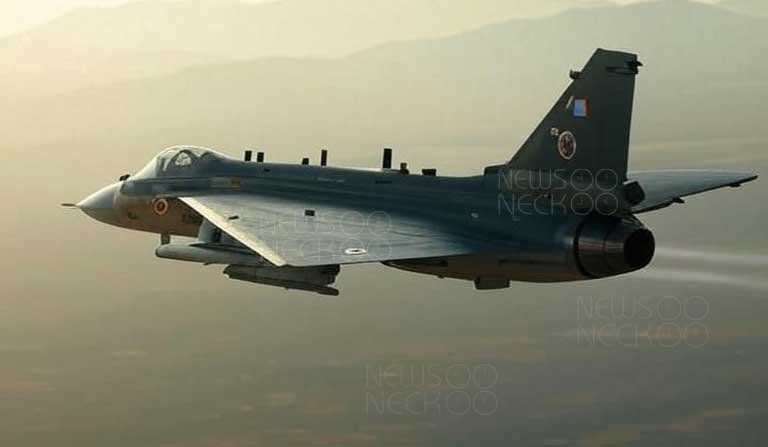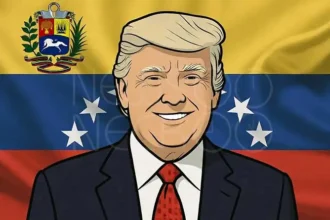why Hal tejas was not invited at RIAT show 2025?
The roar of jet engines has faded over Fairford. The Royal International Air Tattoo (RIAT) 2025, the world’s premier military airshow, concluded with accolades showered upon participants. Notably, Pakistan’s contingent stood tall – their C-130 Hercules and the formidable JF-17C Thunder fighter jet clinching two prestigious global awards. The sight of the JF-17C, a symbol of Pakistan-China aerospace collaboration, basking in international recognition was striking.
But amidst this global aerial showcase, a glaring absence demanded explanation: Where was India’s much-touted HAL Tejas?
The question burns: Why was the Hindustan Aeronautics Limited (HAL) Tejas, India’s indigenous “4.5 generation” fighter jet, not even invited to strut its stuff at RIAT 2025? This omission speaks volumes, echoing concerns long whispered within defense circles and now impossible to ignore.
Let’s examine the Tejas saga, a tale of ambition, delay, and staggering cost:
- Promised Potential, Painful Reality: HAL champions the Tejas as a cutting-edge 4.5-gen fighter. Development began over two decades ago, in 2001. Yet, the first truly operational squadron was delivered only in 2016 – a 14-year gestation period that tested the patience of the Indian Air Force (IAF) and the nation.
- The Staggering Price Tag: This protracted development didn’t come cheap. Estimates suggest that the Tejas program has consumed a substantial $21 billion (USD) of India’s defense budget. That’s an immense investment for a fighter still finding its operational feet in significant numbers.
- The Rafale Paradox: While pouring billions into the Tejas, the IAF simultaneously signed a deal worth $7.5 billion with France’s Dassault Aviation for 36 Rafale jets – also classified as 4.5 generation fighters. This raises an unavoidable question: If the Tejas truly met the IAF’s urgent requirements for a modern, capable 4.5-gen fighter, why the massive, concurrent expenditure on a foreign alternative?
The exclusion from RIAT 2025, where Pakistan’s JF-17C demonstrated its capabilities and won acclaim, isn’t just a slight; it’s a harsh spotlight on the Tejas’s international standing – or lack thereof. Airshow invitations, especially to elite events like RIAT, are not handed out lightly. They signal operational confidence, technical maturity, and export potential that global partners and buyers take seriously. The Tejas’s absence suggests these crucial boxes remain unchecked in the eyes of international organizers and, potentially, potential customers.
This forces uncomfortable questions upon the Indian government and its defense establishment:
- The Reliability Riddle: Why is the IAF compelled to acquire more Tejas Mk1A jets if its faith in the platform as a frontline solution appears demonstrably incomplete, evidenced by the Rafale purchase? Is the Tejas primarily fulfilling a political “Make in India” mandate rather than the IAF’s most critical operational needs?
- The Burden on Bharat: Where does the buck stop for the $21 billion spent? This isn’t abstract money; it’s the hard-earned tax rupees of India’s citizens, millions of whom struggle daily. Is this colossal expenditure on a delayed project the best use of the nation’s resources? Is the blood and sweat of India’s poor fueling a defense project plagued by inefficiency?
- Neoliberalism in the Arsenal? The simultaneous massive investment in indigenous development and huge expenditure on expensive foreign imports like the Rafale raises profound questions about India’s defense procurement strategy. Is this a case of “strategic neoliberalism” – where the state facilitates large capital flows (both domestic and foreign) into the defense sector, potentially prioritizing industrial and geopolitical interests over optimal military capability and fiscal responsibility? Who truly benefits from this model?
Pakistan’s success at RIAT 2025 with the JF-17C is a stark counterpoint. It demonstrates the ability to field a credible, combat-proven fighter developed through international partnership. India’s Tejas, despite decades of effort and astronomical spending, remains conspicuously absent from such global stages, overshadowed even in its own region.
The silence from Fairford regarding the Tejas is deafening. It compels a national reckoning: Is the HAL Tejas truly the indigenous triumph it’s proclaimed to be, or a symbol of systemic inefficiency and misplaced priorities that bleed the nation dry while leaving its air force looking abroad for credible strength? The skies over RIAT delivered a verdict India cannot afford to ignore.
Author: Muhammad Junaid Arif
Date: 23 july, 2025
For more updates, Visit Newsneck













